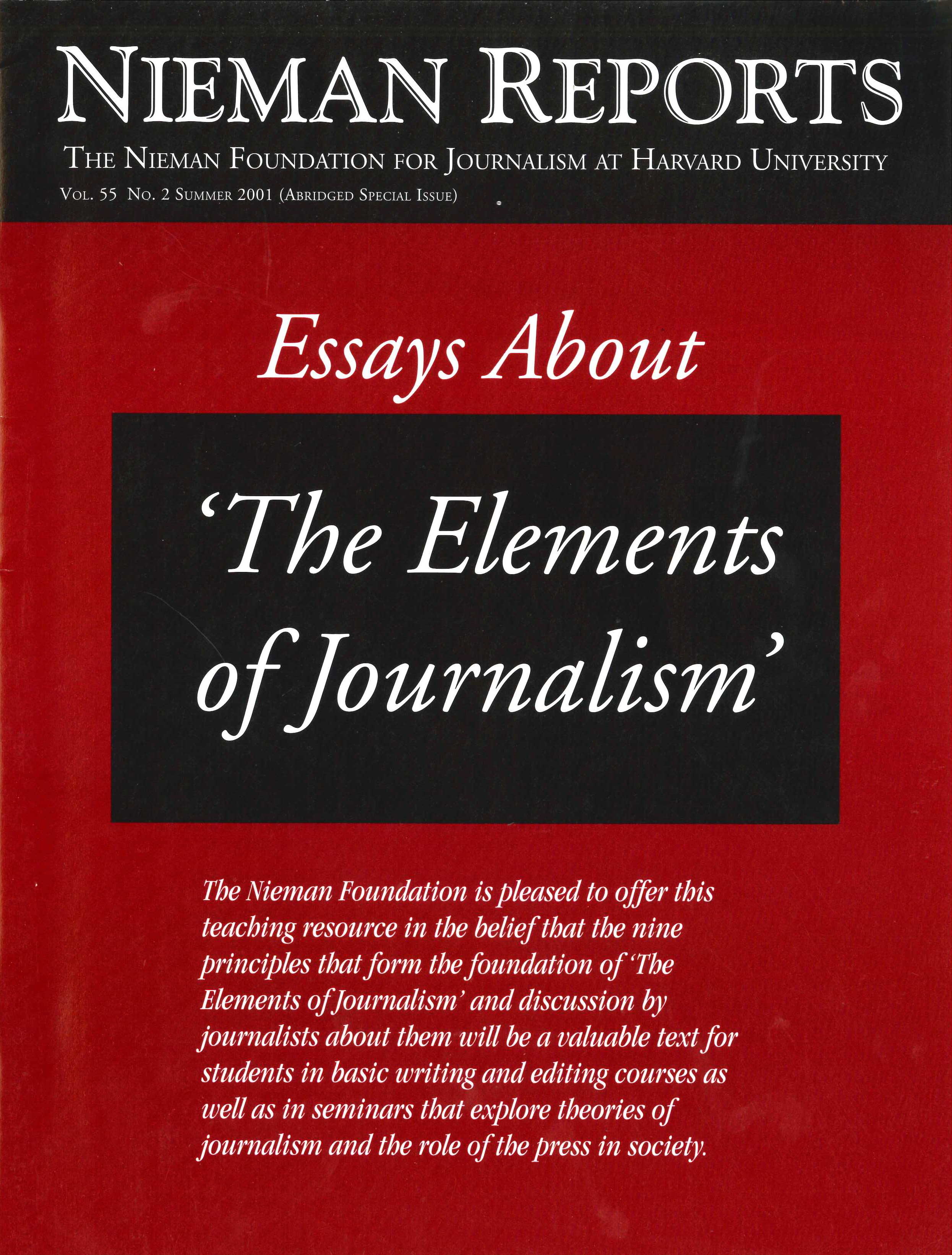The most oft-mentioned and misrepresented figure in journalism might be “the Reader” (or alternately, “the Viewer”), a spirit summoned to support nearly every content argument that cannot be won on its own merit. Its voice sounds so familiar. “The Reader doesn’t want to plow through long stories.” “The Reader doesn’t want to see dead people on the front page.” “The Reader doesn’t like stories that jump.”
Engagement and relevance absolutely do involve a consciousness about who is on the other side of communication. But often such arguments within news organizations overlook an abiding reality: There isn’t one reader or viewer. There are tens of thousands or hundreds of thousands of them, and they have lots of conflicting likes and dislikes. Add to this that more and more people are getting through life without subscribing to daily newspapers or watching network or local news broadcasts and our concern should become even deeper.
Such realities add urgency to questions of how to engage, or reengage, more people in the kind of presentation of important issues to which high-quality journalism aspires. These challenges require us to do more than look inward to our ideals and aspirations about journalistic quality. We also have to consider what’s happening on the other end of this exchange, a place where we need to think hard about how to connect with readers and viewers, in the plural.
Of course, the goals of engagement and relevance are inseparable from the other elements of journalism that Bill Kovach and Tom Rosenstiel identify. Yet I would add a bit to their arguments in this chapter. To engage someone in a conversation, it helps to understand who they are, what they know, what’s going on in their lives. The old “know your audience” rule of public speaking might be worth adapting for newsrooms. To extend our reach and, perhaps more importantly, intensify the connections between our work and our readers or viewers, we might need to devote more time to exploring communities and considering what’s going on in the neighborhoods (both geographic and demographic) that we serve.
I wonder, for instance, how newsrooms are using the new census results. Are these numbers being left to the census beat reporter while others in the newsroom tune out? Or are reporters, editors and news directors poring over them with the idea that the numbers can inform their coverage in much deeper ways? Does the local editor look at information about poverty and wealth, age and race, family structure and migration in the various areas of the paper’s coverage as part of considering the paper’s reporting strategies? Job trends, housing patterns, changes in retailing, these are the kinds of information that flesh out what journalists see in neighborhoods or find in archives.
Knowledge like this begets relevance at the most fundamental level. And this kind of knowledge can bring power. If a newspaper or television station applies these layers of knowledge to the area it reports on, chances are its coverage will be smarter. Such depth of understanding informs stories, helps journalists to spot trends and, in turn, can enlarge the reach of the newspaper or station. Out of it can come new sections, new beats, and new sources of stories. Out of it can come coverage that is accurate, ahead of the curve, truly relevant, compelling and important.
One of the worst mistakes journalists make is to leave such understanding to marketers. Newsrooms ought to know more than any other department about their reader or viewer data. Readership studies commissioned by newspapers often are complex and contradictory, including information not just about up arrows and down arrows of numerical change but about people’s lives, interests and habits. The details show you not just who’s reading (and who isn’t) but also how people read. Of all the kinds of numbers that push news companies in different directions, these are most important to us in news, but only when we examine them in combination with this broader understanding of our community.
Such challenges loom for broadcast as well as print. On the newspaper side of things, the massive Readership Institute project undertaken through Northwestern University offers not just understanding of long-term readership trends, but useful and specific analysis. I find its approach encouraging because it considers not just why people don’t read newspapers, but why they do, along with what they like, what brings them back to newspaper reading, what gets them to read more closely. This is a study that offers encouragement and hope, but the question is whether newsrooms and news companies will take hold of the material and use it to improve their journalistic efforts.
If we can do better at knowing our audience, and understanding how to engage them in our work, we’ll stand a better chance of carrying these principles into the next generation of journalism.
Melanie Sill, a 1994 Nieman Fellow, is managing editor at The News & Observer of Raleigh, North Carolina.


